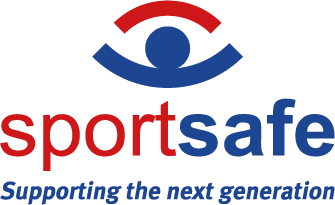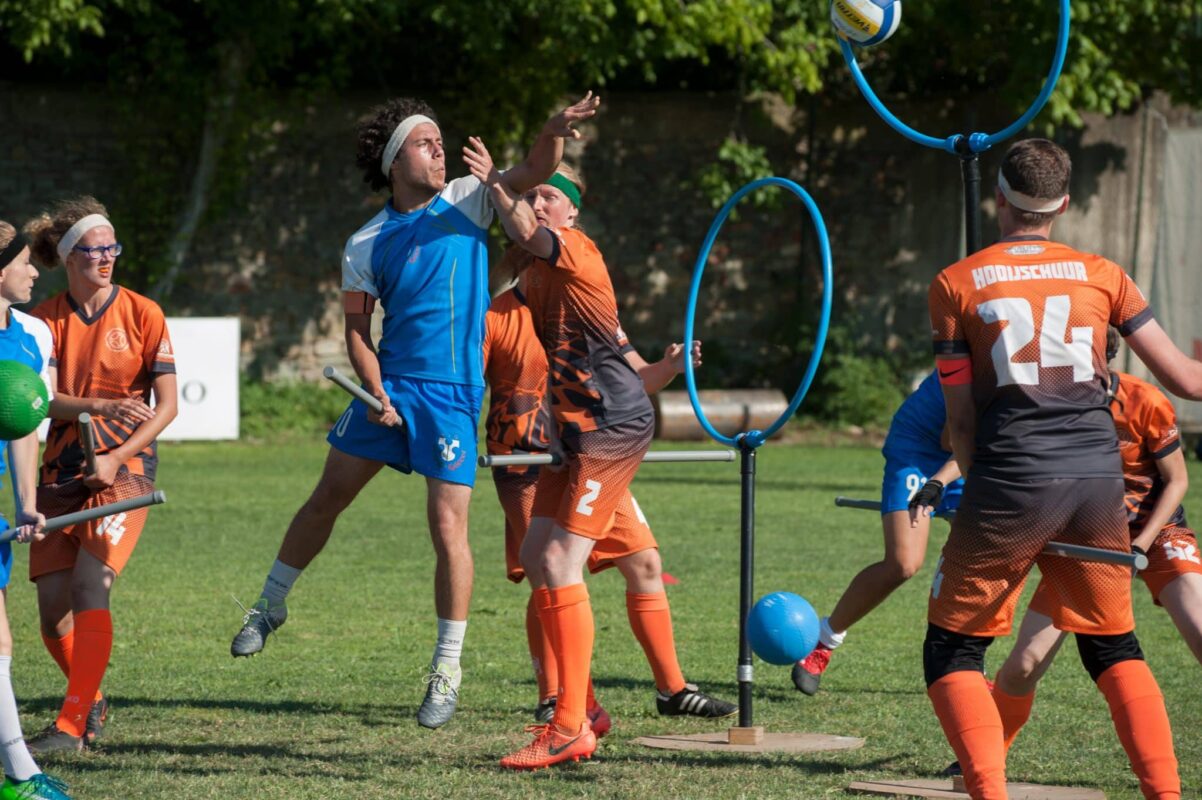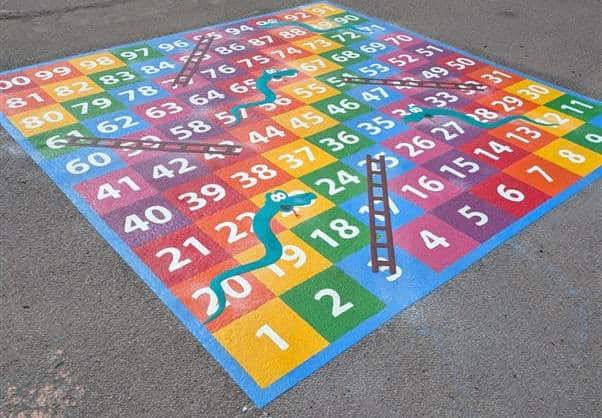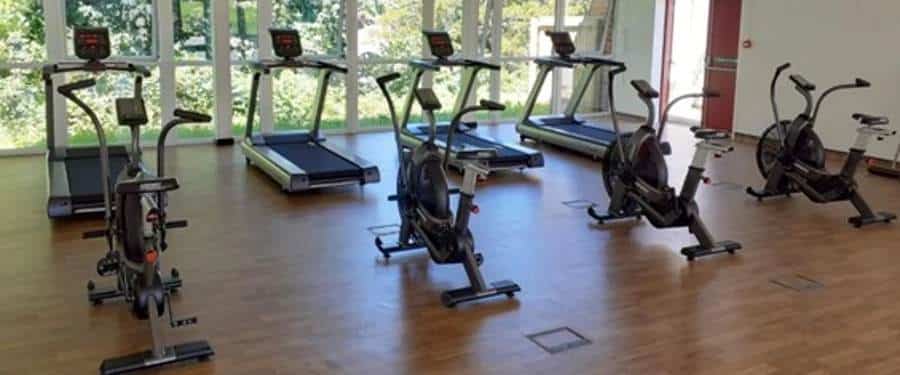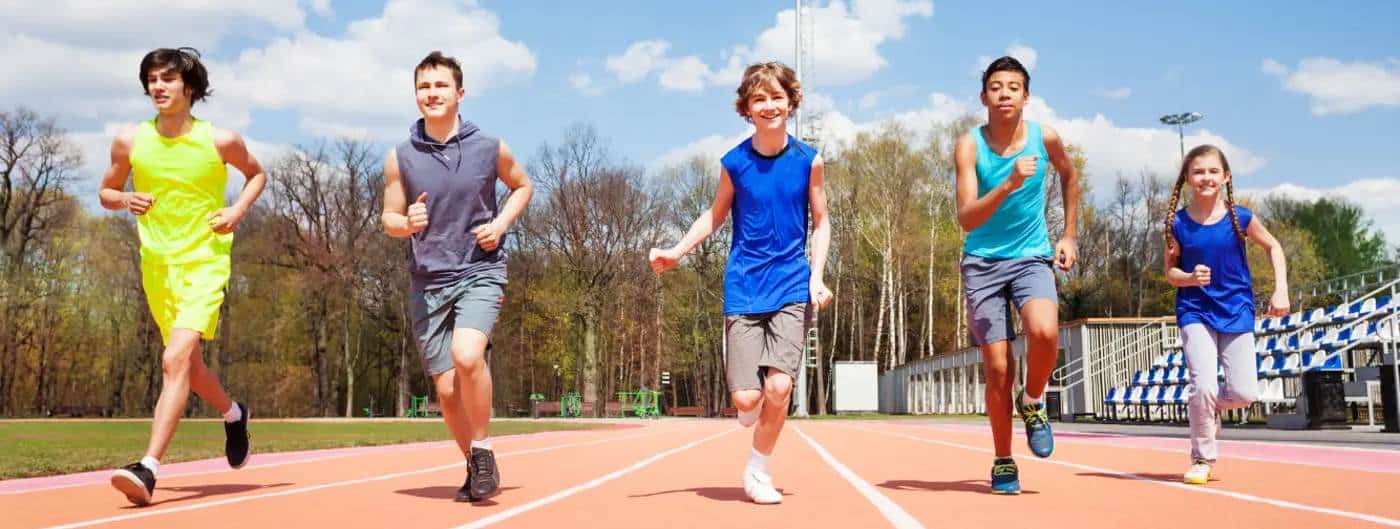Nearly 40 per cent of sporting facilities in England are on school sites. Crazy then that those sports halls, gyms, studios, pitches, tracks, pools and courts should fall silent and empty with the end of day bell. ‘Three quarters of sports halls and artificial sports pitches and a third of swimming pools in England are located in schools, enjoyed by children during term time but left dormant during the holidays or in the evening. Facilities are being underused and schools undervalued’ (Jayne Molyneux, Sport England’s Strategic Lead for Youth).
It’s not just that whole communities could benefit from access to these facilities but also that each school or college itself could gain so much. ‘Schools across England are now reaping the rewards of leasing their sports facilities out of hours. They are playing a vital role in the provision of sport in their local communities, providing volunteering and vocational opportunities to their students, enjoying increased local status, and many are generating additional income’ (https://educationbusinessuk.net/features/helping-schools-become-heart-community-sports-provision).
[divider align=”center” width=”100px” height=”2px”]
School sports facilities + local community involvement = huge symbiotic benefits
As well as the financial benefits of hiring provision out, involvement with the wider community can help enhance a school’s engagement with local clubs and sports organisations… It can help forge relationships between school and its community members. (https://modulek.co.uk/benefits-of-sports-at-schools/)
Successful schools understand the importance of establishing good and harmonious relationships with their surrounding community, according to the (United Nations Educational, Scientific and Cultural Organization) (UNESCO). And for good reason – community involvement in schools can help increase access to learning opportunities, boost student retention, promote optimism among teachers, and improve attendance rates of children at school. (https://thoughtexchange.com/blog/community-involvement-in-schools/)
Community is, after all, about creating a sense of belonging; it’s about an individual having a sense of purpose that looks beyond their individual self-focus and has a potentially much more powerful and long-lived outcome. If a single pupil feels engagement with the school community and that school community is a vital part of a larger societal community then that one child knows they have a role that matters, that the jigsaw is not complete without them.
[divider align=”center” width=”100px” height=”2px”]
Knitting education and the community sector together
Connecting your students to their local community gives them real-world experiences and helps you maximize available resources. Young people develop a sense of civic duty when they see first-hand what their community has to offer and what they have to offer to their community. (https://resilienteducator.com/classroom-resources/involve-community-classroom/) ‘Knitting education and the community sector together can be tricky but there are already some great examples of school facility usage which benefit the school, pupils and the local community,’ agrees Lauren Whaley, ’Active Schools’ coordinator.
Equally, the local community reaps multiple benefits from having sports facilities on their doorstep that are designed for, and familiar to, all ages. No need now to travel out of town to multicomplex, overcrowded leisure centres when there is a decent pool, easily accessible tennis courts or varied gym equipment just a short distance from home. No need to be for you or your family to be daunted by an impersonal complex when you there are familiar faces to exercise alongside, have as running buddies, or enjoy after league match drinks with instead! It doesn’t mean you can’t go to the more impersonal commercial facilities if you feel in need of an independent, time out, sports regime – but the community option is also available.
What is more, having school sports facilities open in the evenings and all-year round, has the potential to bring employment opportunities and other diverse activities to the local community. Courts, pools, gyms and tracks need to be supervised and maintained whilst users also appreciate some food and drink outlets appearing and even a few other small retail units that may offer, for example, sports and fitness clothing and equipment. Ideal business opportunities for some enterprising local parent!
[divider align=”center” width=”100px” height=”2px”]
Fees for using the sports facilities can be set to ensure all costs are covered
Furthermore, it makes cost-effective, financial sense for the education management team also to make its school hall or classrooms available for other groups needing meeting and activity spaces whilst the site team and cleaners are catering for the sports participants. Fees for using the sports facilities can be set to ensure all costs are covered, plus a little more that eventually adds up to enable adding to or improving the facilities – to the benefit of the school and the community.
Schools are increasingly reaching out to the wider community with their provision. With more community and private sports clubs beginning to hire out school sports halls outside of the school day. Many school sports halls are now becoming integral parts of local communities and thriving hubs of activities. Through providing state of the art sports provision to outside providers, schools can look to increase their revenue. This can be invested back into school while also fulfilling a social value of providing physical activity within the local community. (https://modulek.co.uk/benefits-of-sports-at-schools/).
[divider align=”center” width=”100px” height=”2px”]
Initiatives such as Sport England are already working hard to help schools and communities to work together, with sport at the core of the unison.
“A significant amount of community sports facilities are found in schools. This new funding will help support schools to open up their facilities beyond the school day so they can be used for as long as possible by young people and the wider community and link schools up with great local activities.
“The 19 Active Partnerships around the country will [be] working with local schools to make it easier, [to] overcome some of the obstacles and share best practice – in what will be a win-win for pupils, community members and local sports clubs.” – Mike Diaper, Sport England’s Director of Children and Young People. (https://www.sportengland.org/funds-and-campaigns/use-our-school)
In the end, sport is widely seen as a way for people of different backgrounds to interact and integrate by taking part, volunteering and spectating. (https://www.sportengland.org/about-us/social-and-community-development) Schools play an integral role in every community. And since children eventually grow up to become members of those same communities, it stands to reason that communities should take an active role in helping to ensure that schools deliver optimal learning environments to ensure happy, healthy, successful students. (https://thoughtexchange.com/blog/community-involvement-in-schools/).
